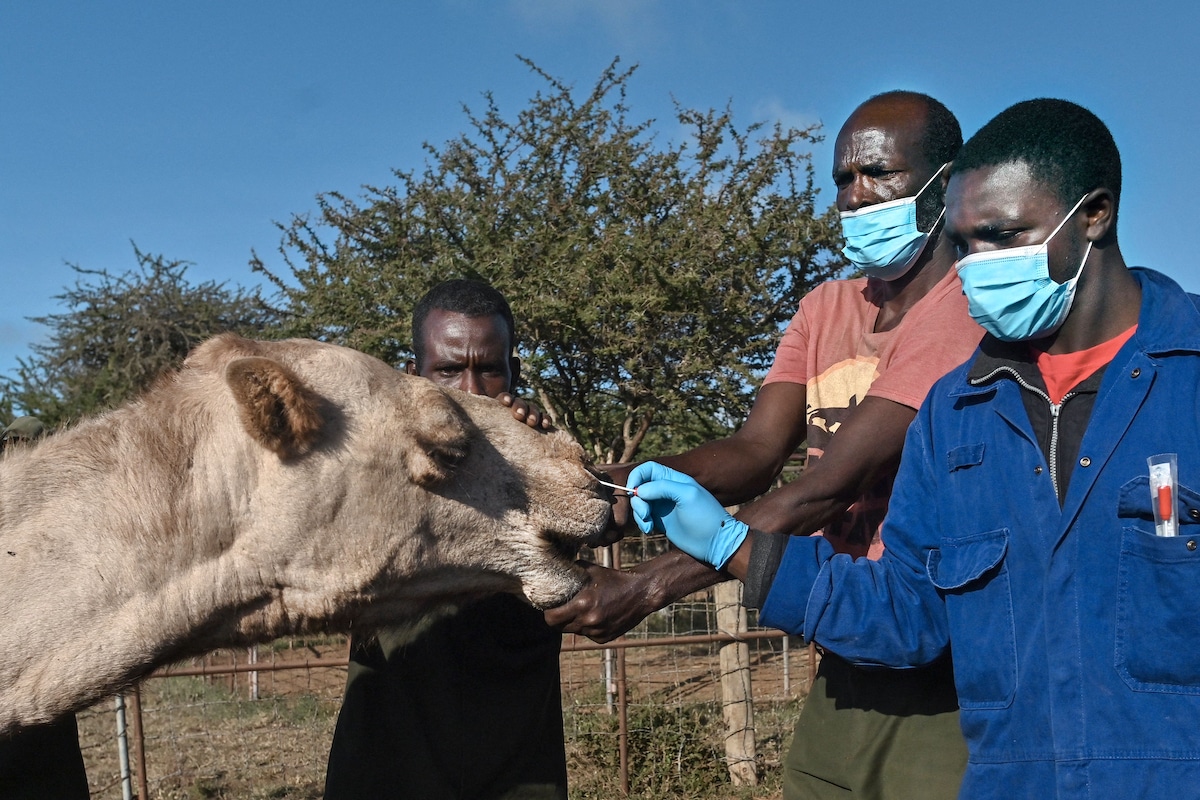
Why Climate Change Increases Risk of Virus Transmissions Between Species

The COVID-19 pandemic has altered life as we knew it in many ways. But a new study warns that climate change heightens the risk of similar viruses in the future due to what is known as viral spillover.
Viral spillover refers to when a virus moves from one species to another. While the cause of COVID-19 is not official, experts believe it was transferred from a bat to humans. Similarly life-threatening viruses could become more frequent in the near future as climate change makes ideal conditions for viral transmission to occur.
Climate change has caused many species to move to different geological regions for new habitats and food, and this could drive cross-species viral transmissions. The study simulated the migrations of 3,139 mammal species in 2070 and found high potential for viral transmissions. The viruses could spread between species, including humans, leading to pandemics similar or even worse than COVID-19.
“Because of their unique dispersal capacity, bats account for the majority of novel viral sharing, and are likely to share viruses along evolutionary pathways that will facilitate future emergence in humans,” the study said. “Surprisingly, we find that this ecological transition may already be underway, and holding warming under 2 °C within the century will not reduce future viral sharing.”
In total, the study estimates there could be over 15,000 viral transmissions by 2070 if the world reaches 2°C of warming. The authors also identified potential hotspots, where viral spillover could be likely. As Grist reported, these hotspots include the Sahel region of northern Africa, the highlands of Ethiopia, eastern China and the Philippines. These areas, among many others, are likely to become hotspots as species moving from various directions intermingle, potentially spreading their viruses.
“Unequivocally, in every simulation we do, every way we change the parameters and the data, climate change is creating inumerable hotspots of future zoonotic risk or present day zoonotic risk right in our backyard,” said Gregory Albery, study co-author and disease ecologist at Georgetown University.
About 1°C of warming has already happened, and viral spillover risks are already present. Even slowing future warming can still provide these increased opportunities of viral transmission between species, so it will be crucial to study species’ migrations to prevent future public health crises.
“Our findings highlight an urgent need to pair viral surveillance and discovery efforts with biodiversity surveys tracking species’ range shifts, especially in tropical regions that harbor the most zoonoses and are experiencing rapid warming,” the study said.

 233k
233k  41k
41k  Subscribe
Subscribe 